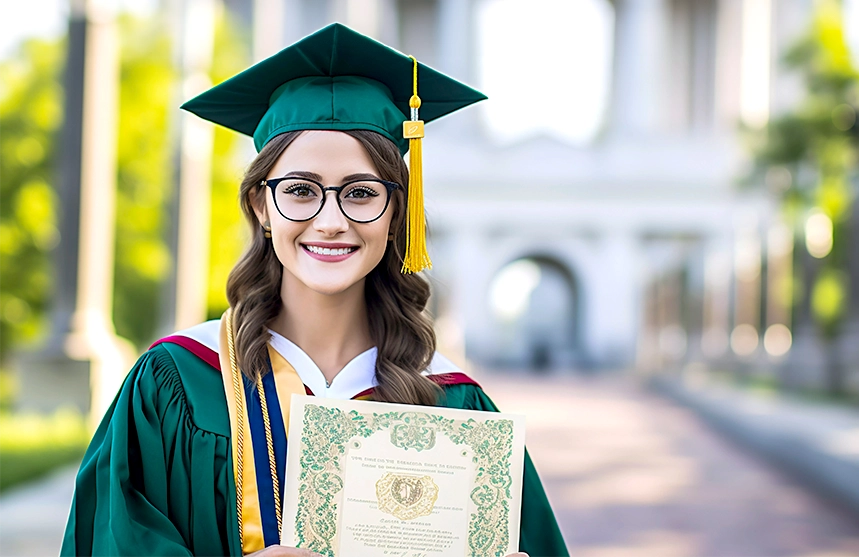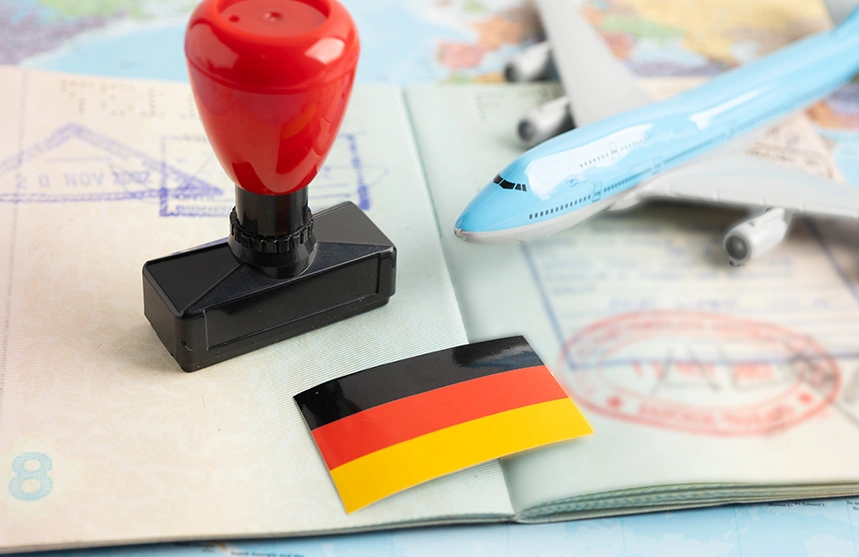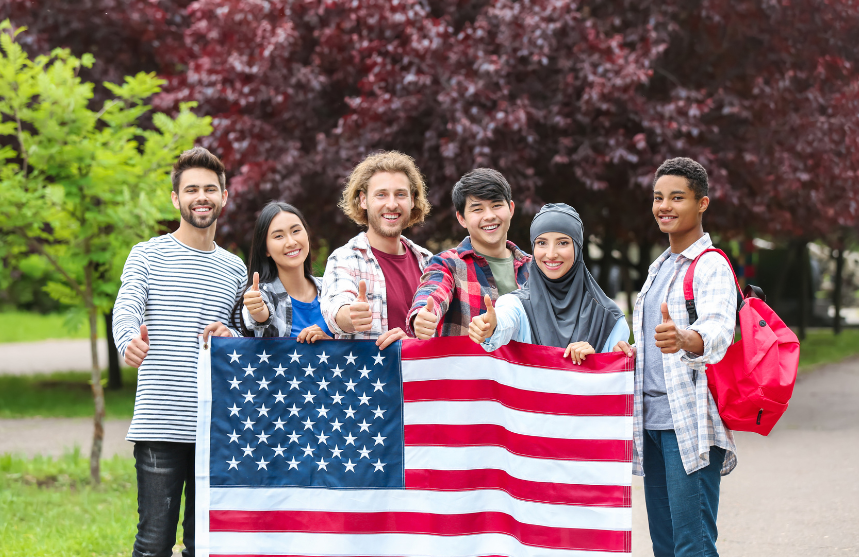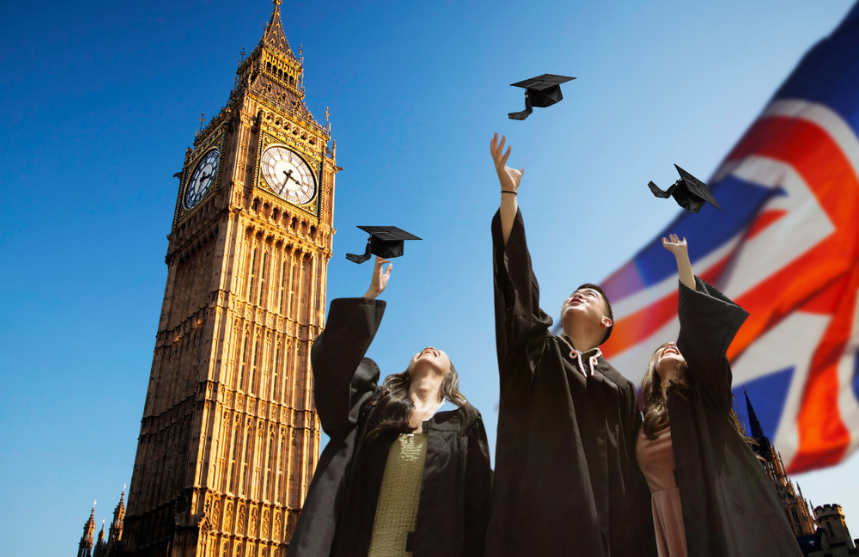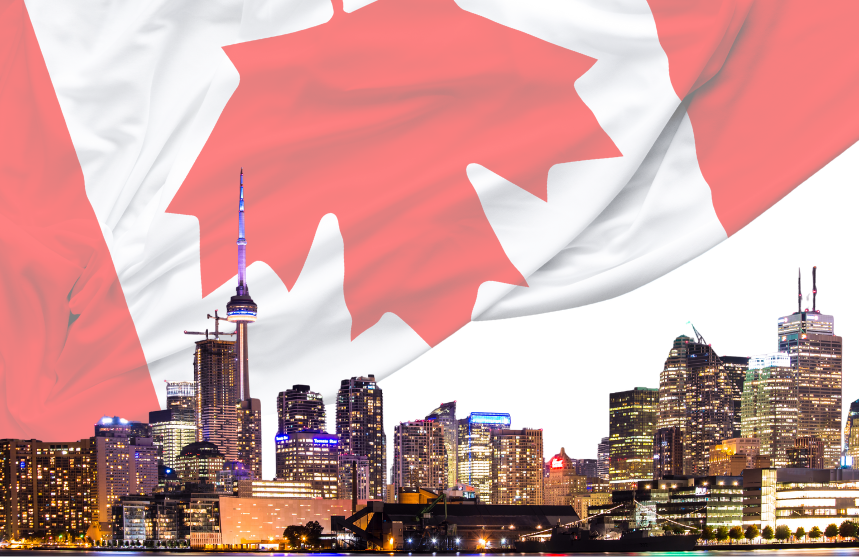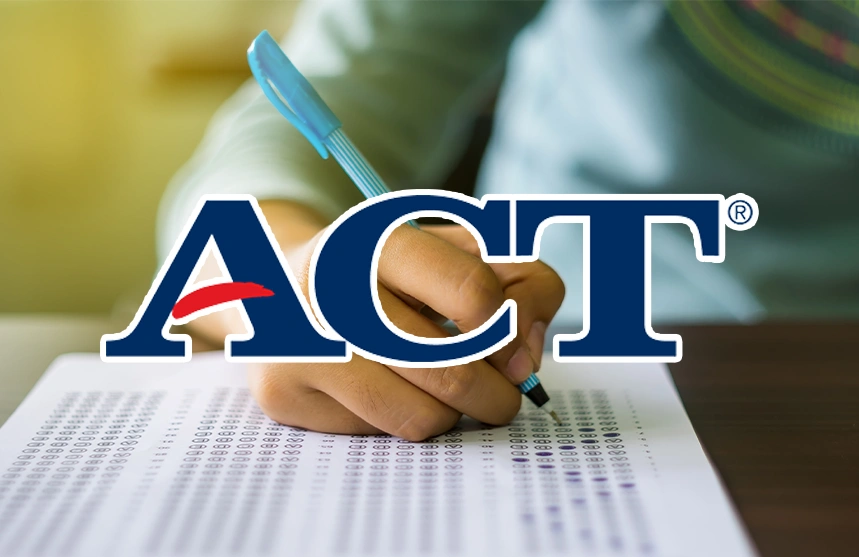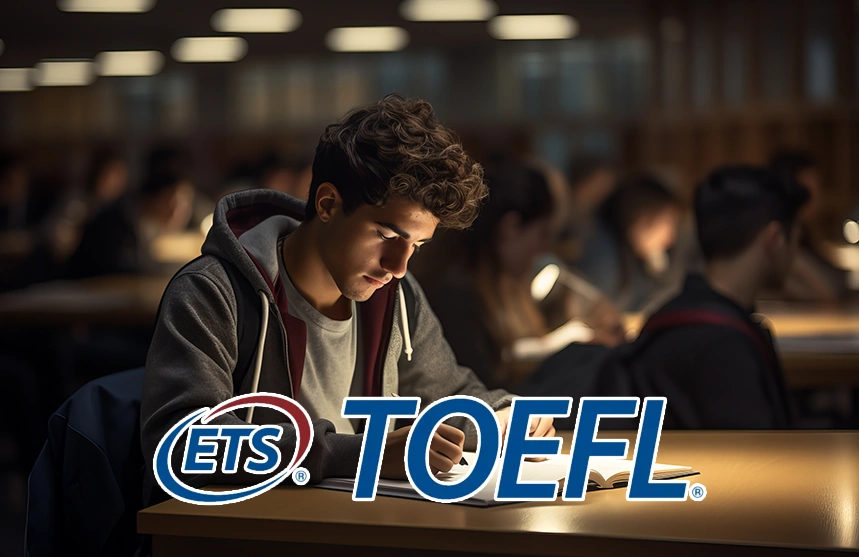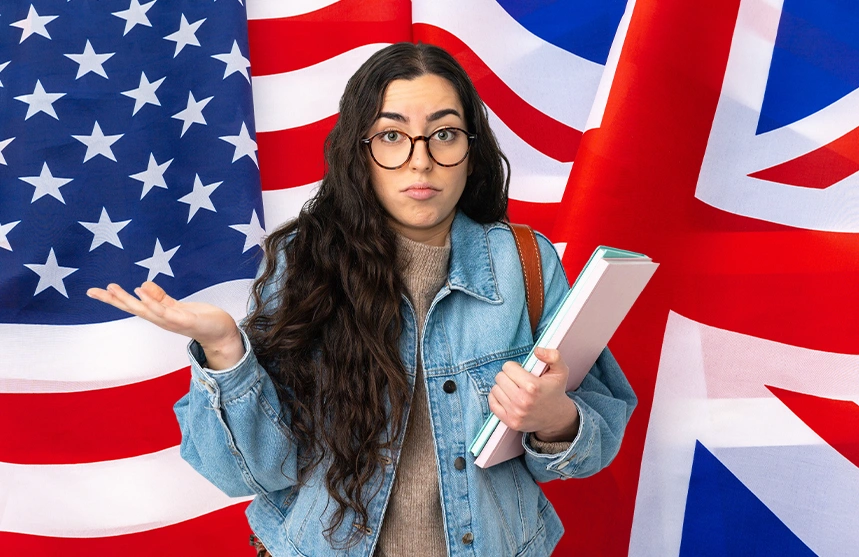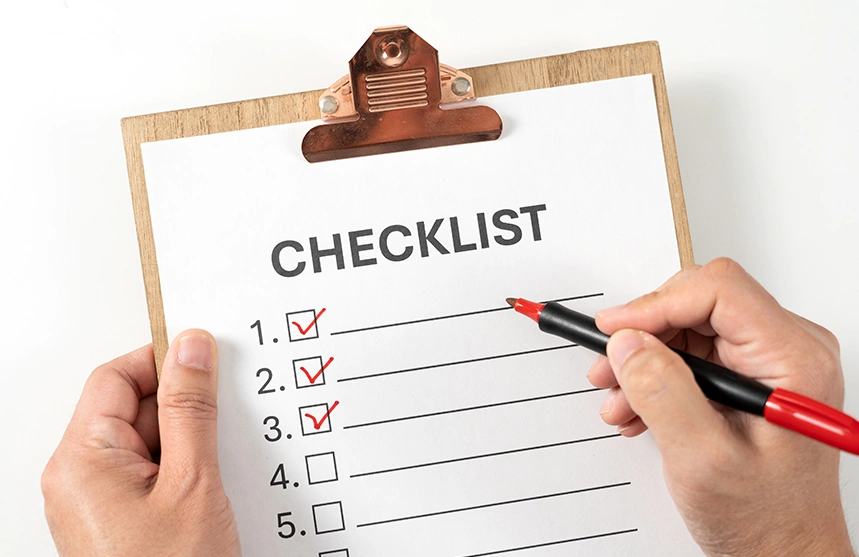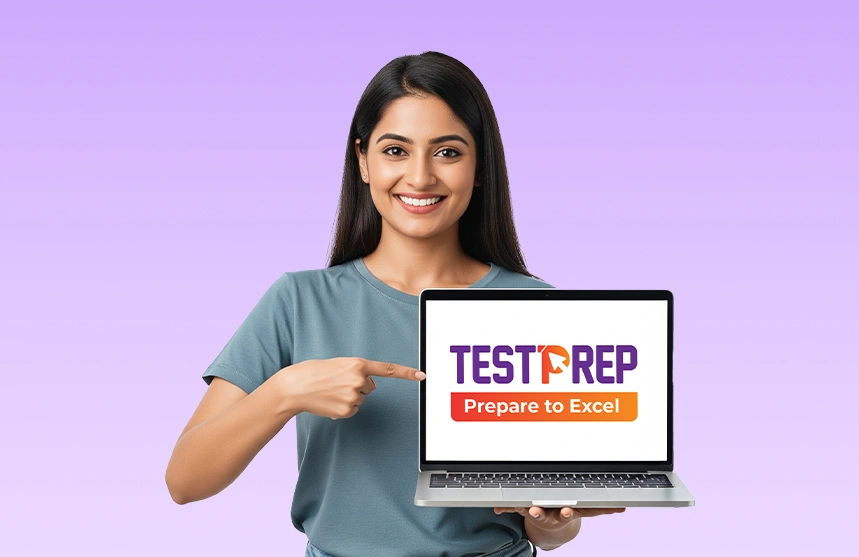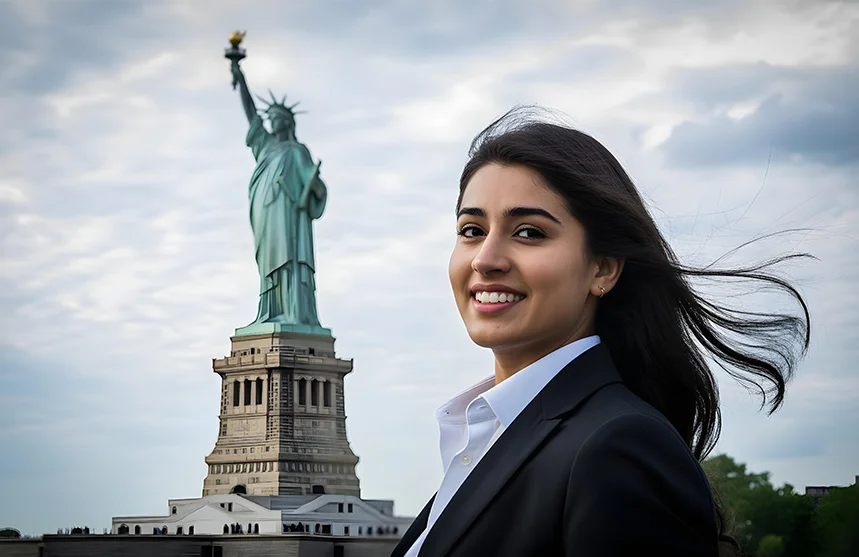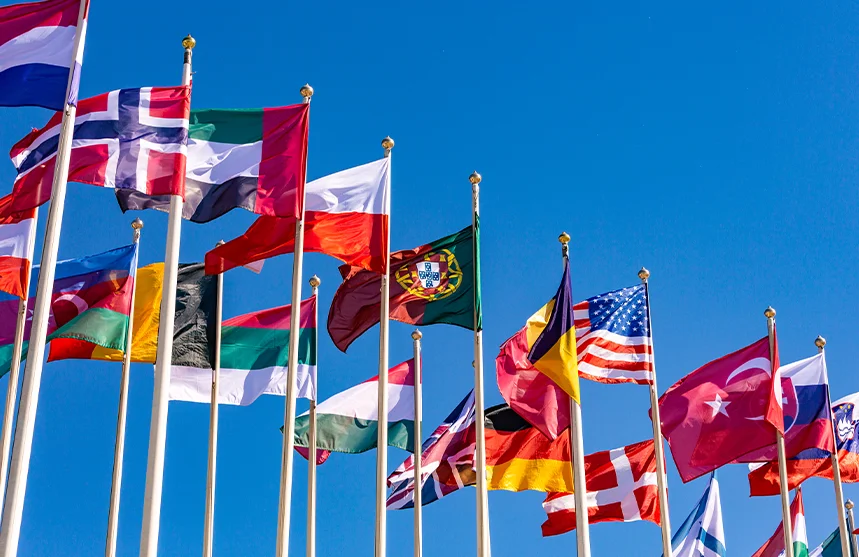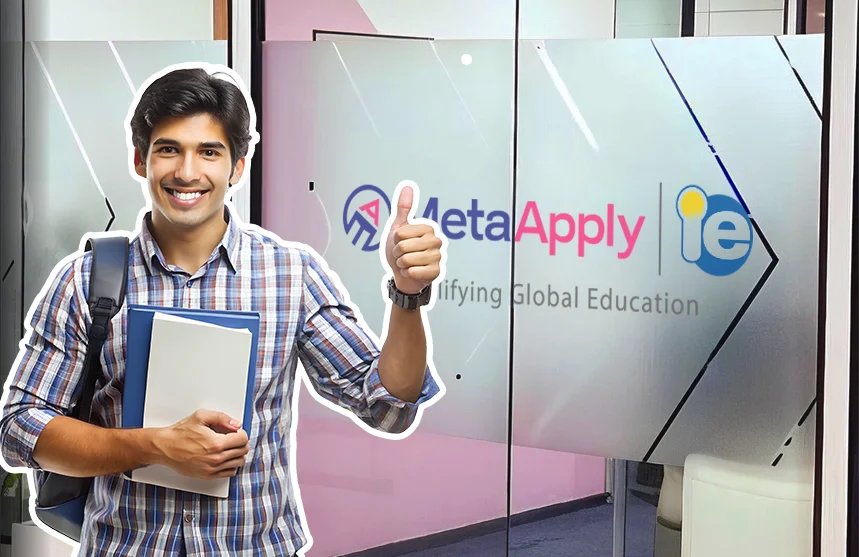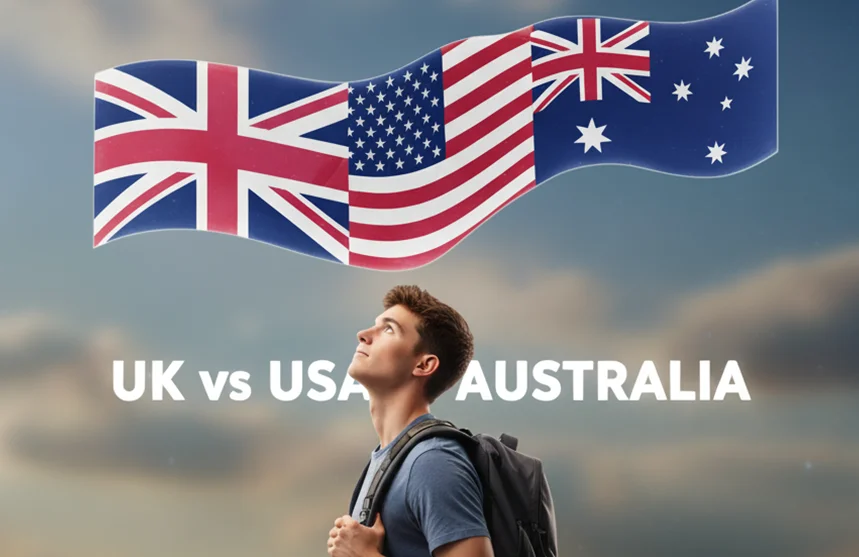Low-cost medical universities abroad: How you can study medicine affordably & effectively
Everything About Student and Work Visa for USA
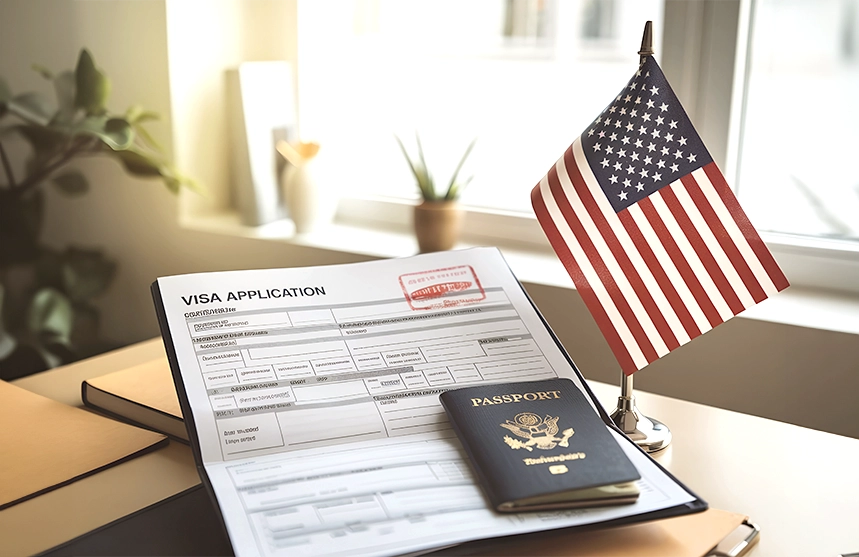
No matter what, USA is still the first choice of many who wants to study or work abroad. Providing unmatched opportunities and a chance to settle for life, the USA is the perfect destination for anyone who is ambitious and serious about their life goals. As the next intake is knocking on the door and you wonder what the best opportunities are you can grab, then let US be your top choice. Now the question may arise about the student and work visa for USA, well, for your ease, today, in this blog we are sharing all you need to know about your Study or Work Visa for USA for 2026. So, without further ado, let’s get to the point.
Everything About Study Visa for USA
USA is the hub of world’s most prestigious universities like Harvard, Yale, Standford, and more. Getting a degree from one of these universities not only equips you with the best practical knowledge that is applicable in real life, but you also get a chance to have an extensive network and opening doors to global opportunities. As you need a Study Visa to Study in USA, here is all you need to know about your USA study visa for 2026.
Types of USA Study Visas
There are mainly three types of US student visa and here are they defined.
- F-1 Visa (Academic Studies): For students enrolled in academic programmes, universities, or language institutes. This is the most common type of student visa for US.
- M-1 Visa (Vocational Studies): For students pursuing vocational or technical training programmes from a US university.
- J-1 Visa (Exchange Visitors): For students participating in exchange, fellowship, or sponsored research programmes.
Step-by-Step Process to Get a US Study Visa
Securing a visa to Study in USA is one of the crucial steps and a major challenge. As there are chances that you may struggle with your US study visa, here is a step-by-step process of how you can secure your US student visa hassle-free.
Step 1: Get Admission in an SEVP-Approved Institution
To initiate with your US Student Visa Process, you are to first apply to a Student and Exchange Visitor Program (SEVP)-certified university or college. It is only the SEVP-approved universities that can issue the necessary form like I-20 and DS-2019 that are required for your visa application.
Step 2: Receive the Form I-20 or DS-2019
Once you get accepted by a SEVP-approved university in the US, you will then receive either Form I-20 or Form DS-2019 from the school as per your chosen programme. These forms include details about your course duration, and financial support.
Step 3: Pay the SEVIS I-901 Fee
After receiving your I-20 or DS-2019 form, your next step is to pay the SEVIS fee. The Student and Exchange Visitor Information System (SEVIS) keep a track of your status while you study in the US. For F-1 and M-1 Visa the SEVIS fee is $350 and for J-1 Visa the fee is $220. It is after making the payment that you get the receipt for your visa interview that you must keep handy at all times.
Step 4: Fill Out the DS-160 Form
The DS-160 Form is the official online application for all the US non-immigrant visas. After paying the SEVIS fee, you will need to fill out the DS-160 form as well for your US student visa where you will need to upload a digital photo and save the confirmation page with a barcode.
Step 5: Schedule and Attend your Visa Interview
Your next step in the US study visa process is to book an appointment at the nearest US Embassy or Consulate for your student visa interview to study in USA. During the interview, the consular officer will assess your academic plans, financial capabilities, and intent to return home after studies.
The documents that are required for your US student visa includes:
- A valid passport for 6+ months beyond your stay in the US
- I-20 or DS-2019 form
- DS-160 confirmation page
- Proof of finances (bank statements, scholarships, or education loan approvals)
- Admission letter and academic transcripts
Once your student visa to study in USA gets approved, your passport will be stamped and returned within a few days.
Everything About Work Visa for USA
Now, if you are planning to work in the USA, you will need a work visa too. USA is a great destination for building your career in technological fields and hence, many software engineers and developers are looking for work opportunities in the States. If you are aiming for great work opportunities as well then here is your work visa for USA requirements and a step-by-step process of securing your visa.
Types of US Work Visas
There are various types of US work visas depending on your qualifications and job nature. Here is a list of some US work visas.
- H-1B Visa: For specialty occupations requiring at least a bachelor’s degree.
- L-1 Visa: Foe intra-company transfers within multinational firms.
- O-1 Visa: For individuals with extraordinary ability in science, arts, or business.
- TN Visa: For citizens of Canada and Mexico (under USMCA agreement).
- E-2 Visa: For investors or entrepreneurs from treaty countries.
Among the above listed visas, H-1B visa is the most popular for international students graduating from US universities and willing to work in the US.
Step-by-Step Process to Get US Work Visa
In order to work in the USA, you are required to have a work visa that is granted to you by the firm you are going to work for. As securing a work visa is crucial but not an easy game, here is how your work visa for USA journey is going to look like. You have to be attentive at every step to ensure you secure your work visa.
Step 1: Secure a Job Offer from a US Employer
Your first step in securing a work visa for USA is to secure a job in any US registered firm in the States only. You cannot apply for an H-1V visa yourself, it is only your employer who can sponsor you. The job must require specialised knowledge and a minimum of a bachelor’s degree for being able to work in the US and to secure your US work visa.
Step 2: Employer Registers for H-1B Lottery
It is not easy to get an H-1B visa because of the limited annual slots, the USCIS conducts an electronic lottery system. There are a total of 65,000 general H-1B visa slots out of which 20,000 are reserved for US master’s or higher degree holders. Employers apply for your H-1B visa during the March application window to increase your chances of obtaining the H-1B visa and fulfil your dream of working in the US.
Step 3: Employer Files Labor Condition Application (LCA)
The next step in your US work visa journey is the employer filing for the Labor Condition Application. Before petitions USCIS, your employer must file an LAC with the Department of Labor, this is to ensure you are paid fairly and that your hiring does not affect US workers.
Step 4: Employer Submits Form I-129
Once the LCA is approved, the employer files Form I-129 (Petition for non-immigrant Worker) with USCIS that includes a list of documents like the job offer letter, degree certificates (bachelors or masters), passport and prior visa copies (if any). The USCIS then issues a Receipt Notice and later an Approval Notice (Form I-797) if accepted.
Step 5: Apply for H-1B Visa at the Embassy
One of the final steps of your work visa for USA journey is to apply for the H-1B visa at the embassy yourself. With your approved petition, you have to complete the Form DS-160, pay the visa fee, and then book your visa interview at a US embassy near you.
List of documents that you must take with yourself includes:
- Passport
- Form I-797 approval
- LCA copy
- DS-160 confirmation
- Job and educational documents
- After the interview, if approved, you will receive your stamped visa within a few days.
Now that you have seen the step-by-step process for both a student and work visa for USA, here is how you are going to ensure there are no mistakes in your visa process.
Tips for a Smooth Visa and Work Transition
One wrong mistake can cost you your US visa, means your chances of studying or working in the US can go from 100 to 0 with one mistake. To ensure you are on track with everything, here is what you are going to do.
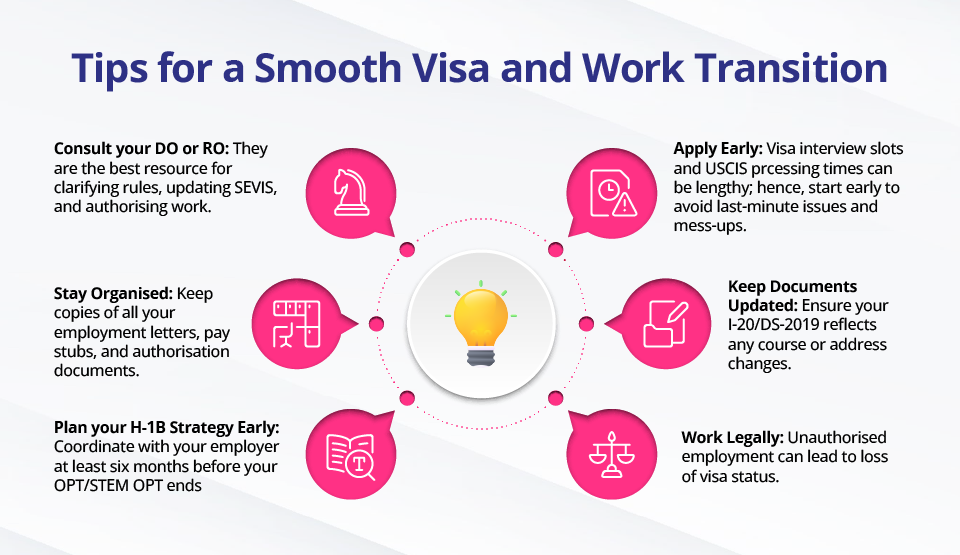
By keeping these measures, you can easily secure your study or work visa for USA. However, if you still need any assistance, MetaApply IE have you covered.
Get Assistance for your Student and Work Visa for USA from MetaApply IE
Securing a visa for USA is crucial and the process for that is difficult. While it isn’t guaranteed that you will get a visa for sure, MetaApply IE at least makes it easier for you to make the right moves way before the deadline. One wrong document or missed column can lead to your visa rejection either student or work, as your work visa is mostly sponsored by the employer or the firm it is crucial for you to know the entire procedure to ensure no delays. On the other hand, the student visa for USA isn’t an easy one too, you need to make sure you are submittin the right documents at every step and prepare for the visa interview immaculately.
To prepare you for everything and have your stack of documents ready at every minute, it is only the MetaApply IE experts who help you. Our experts have assisted hundreds of students before in getting their study visa for USA and while it is not an easy game, our experts try the best to make your visa application error free.
So, if your dreams of working or studying in USA knows no limit, then start planning for your visa today only with MetaApply IE.
Frequently Asked Questions
An F-1 visa allows international students to study full-time at US universities or college. The F-2 visa is for dependents like spouse or children of F-1 students, allowing them to stay but not work in the US.
With an F-1 visa, students can work up to 20 hours per week on-campus during academic sessions and full-time during breaks or vacations. Off-campus work required prior authorisation under CPT or OPT programmes approved by the university’s DSO.
Yes, F-1 students can work under Curricular Practical Training (CPT) or Optional Practical Training (OPT). CPT allows internships during study, while OPT permits up to 12 months of post-study work, extendable to 36 months for STEM fields.
Yes, but indirectly. F-1 students can transition to permanent residency by employer sponsorship (H-1B to Green Card), family sponsorship, or marriage to a US citizen. However, he F-1 visa itself doesn’t grant green card eligibility directly and it is difficult to get a Green Card in the US by any other means.
If your visa stamp expires but your I-20 and I-94 remain valid, you can stay legally in the US. However, if your status expires or you violate visa terms, you must leave or apply for reinstatement immediately.




